The Vera Rubin Observatory, which is currently under construction in Chile, is designed to scan the night sky to study dark matter, identify potentially dangerous asteroids and explore other astronomical objects. The world’s largest digital camera for astronomy with a resolution of 3200 megapixels was created for this observatory. The good news is that this camera is already fully ready for use and is now waiting for the completion of the observatory.
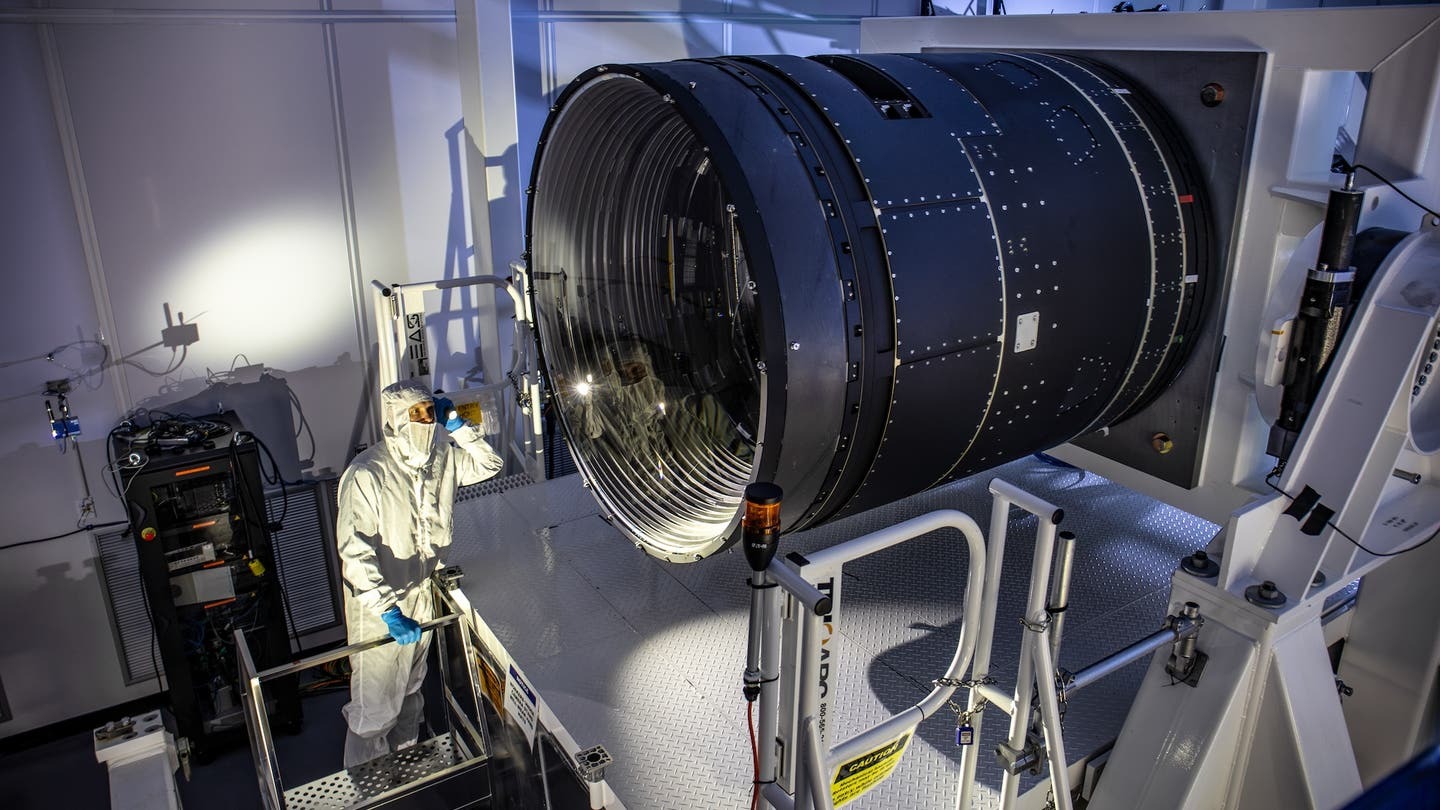
The camera has a huge size and a weight of about 3 tons, which makes it commensurate in size and weight with a small car. Thanks to the large front lens with a diameter of 1.57 meters, it is able to take very detailed pictures of large areas of the sky. The camera was built at the SLAC National Accelerator Laboratory, and it will be used as part of the Legacy Survey of Space and Time (LSST) project, which provides for 10-year observation of the southern sky.
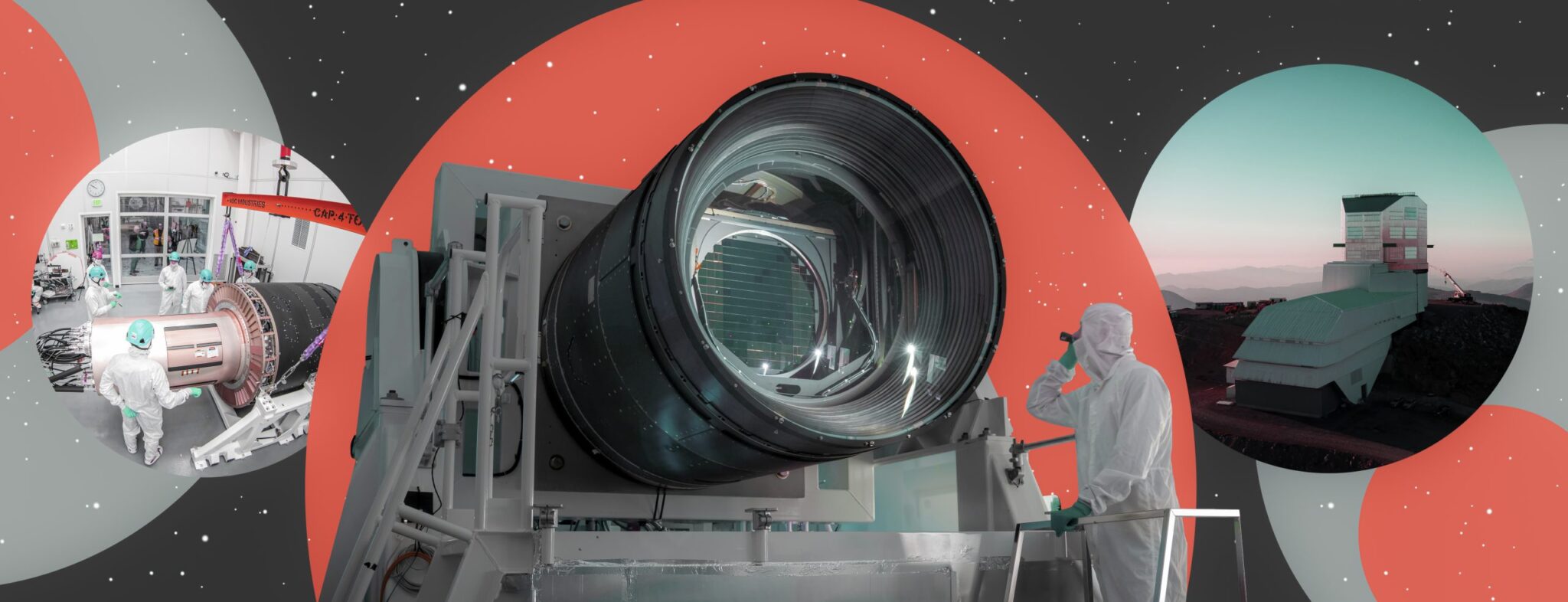
“After completing the construction of the unique LSST camera at SLAC and integrating it with other systems at the Rubin Observatory in Chile, we will soon begin creating the greatest “space film” of all time and the most informative map of the night sky that has ever been collected. The resulting images with billions of stars and galaxies will help reveal the secrets of the universe,” said Željko Ivezić, director of construction at the Rubin Observatory from the University of Washington.
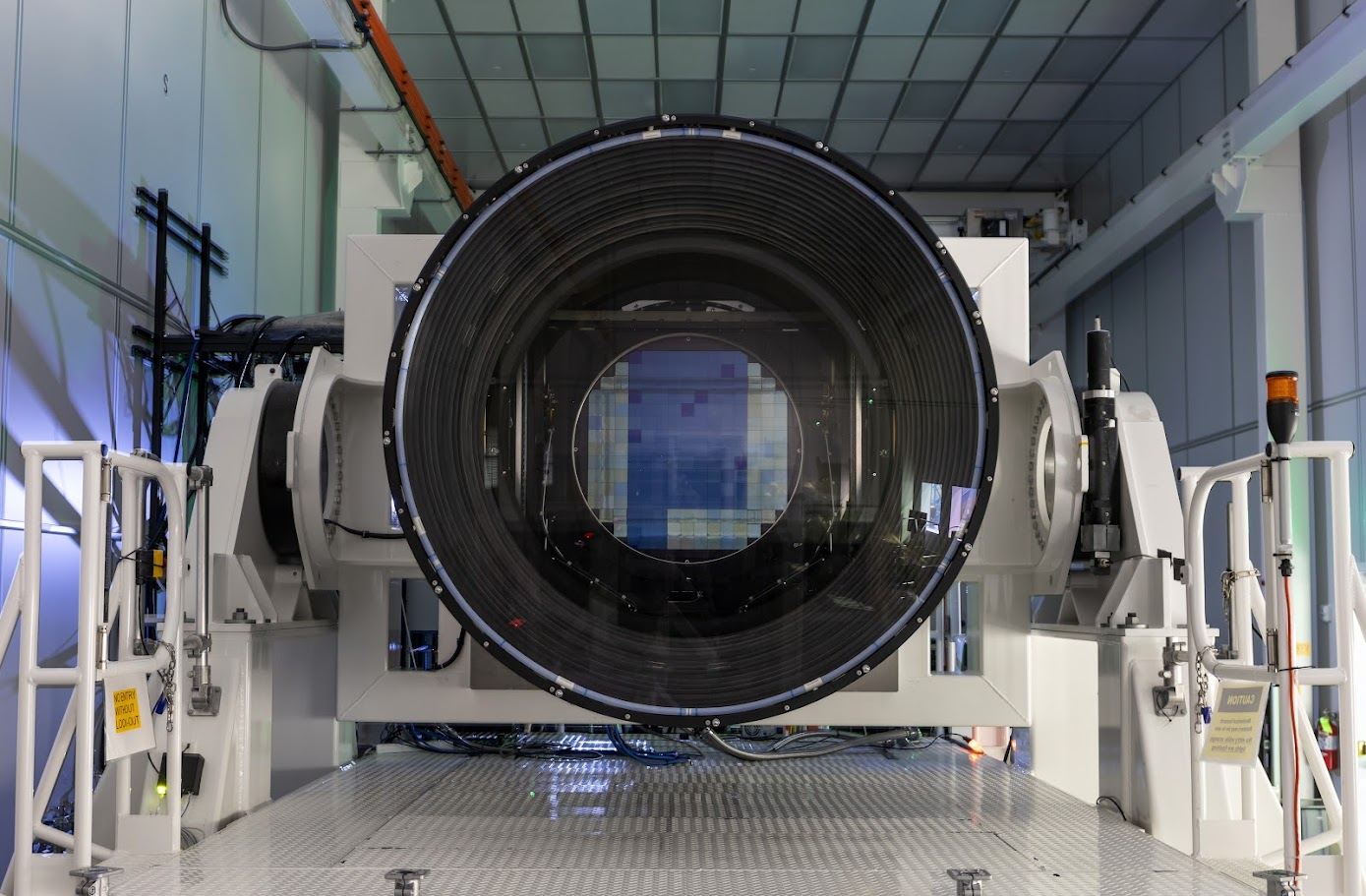
The huge scale of the camera makes it extremely powerful, able to cover a wide field of view and distinguish even small details. Its images are so detailed that it can distinguish a golf ball from a distance of about 25 kilometers, while covering a strip of sky that is seven times wider than the full moon.
The camera has been successfully tested at SLAC and is ready to be shipped to Chile, where it will be installed on the Simonyi Survey Telescope later this year. This telescope, which is part of the Rubin Observatory, is located at the top of Cerro Pachon Mountain.
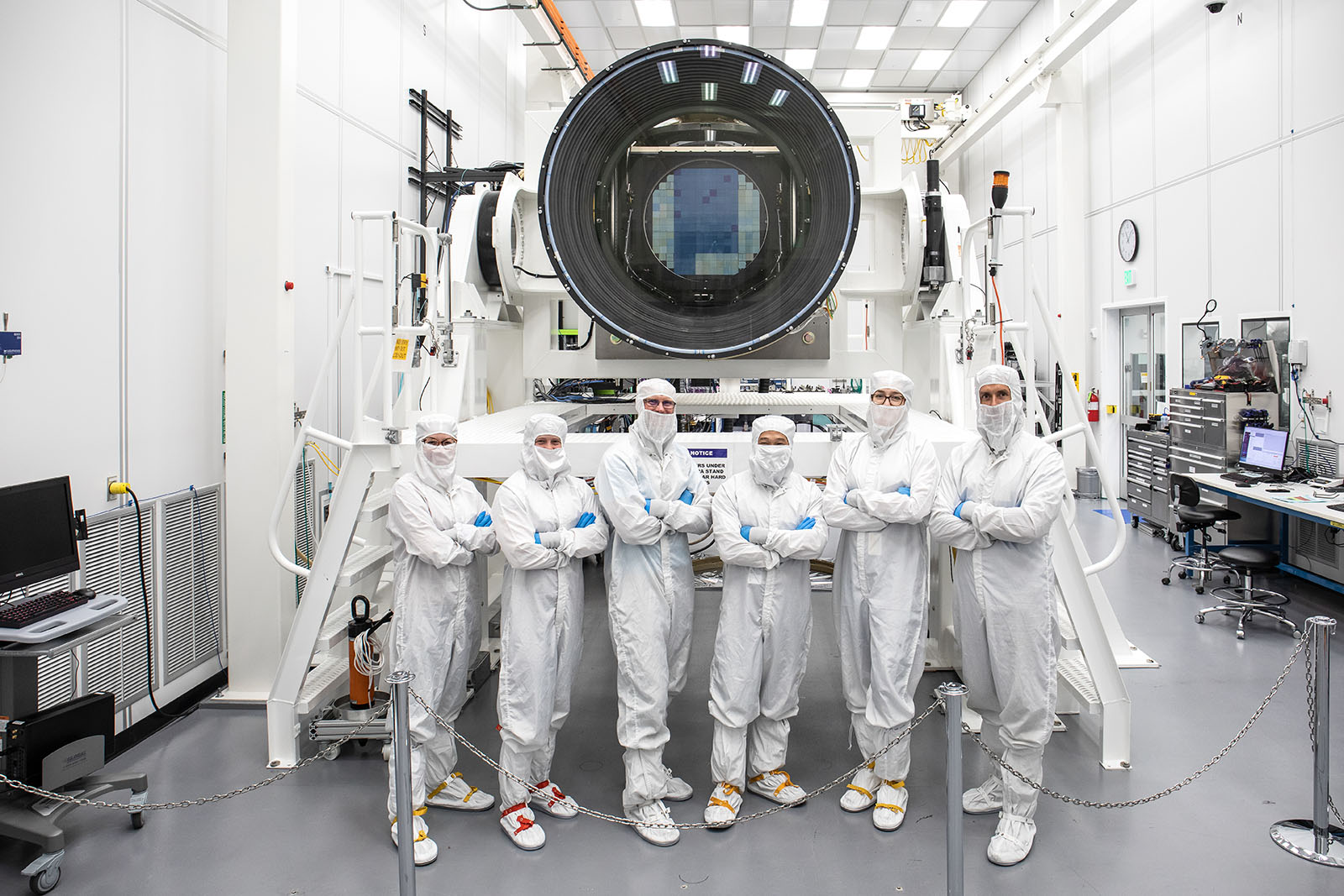
The Vera Rubin Observatory plans to begin its research in 2025, when it will begin scanning the sky to study the movement of distant galaxies, which will help uncover information about dark matter and help astronomers solve other unresolved astronomical issues.
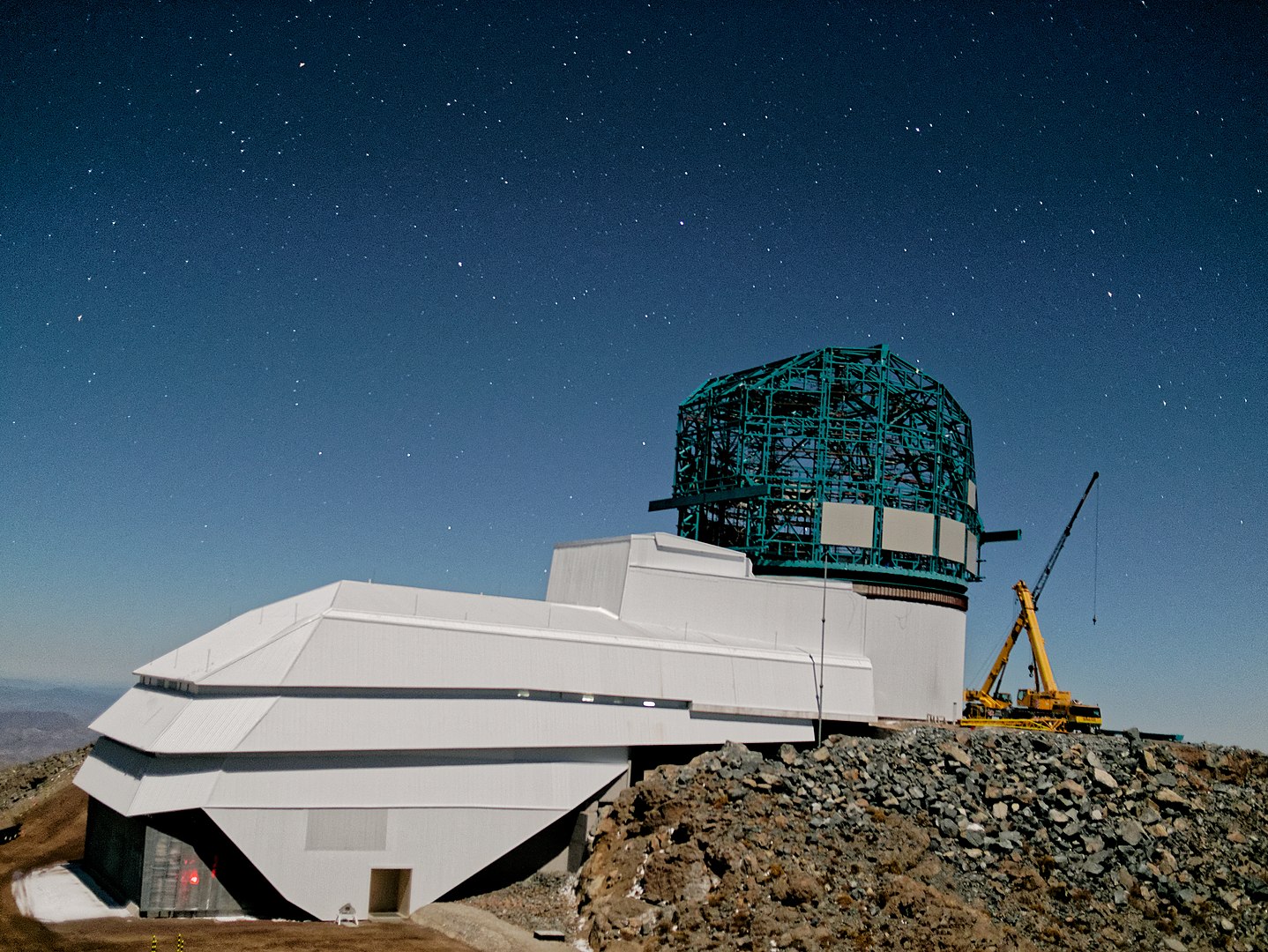
“Expanding our understanding of fundamental physics requires looking deeper into the universe. With the LSST camera at its base, the Rubin Observatory will be able to help answer the most difficult and important questions of modern physics,” explained Kathy Turner, head of the DOE Cosmic Frontier Program.
Earlier we talked about the TOP 4 telescopes that would be built before 2030.
According to space.com
Follow us on Twitter to get the most interesting space news in time
https://twitter.com/ust_magazine


